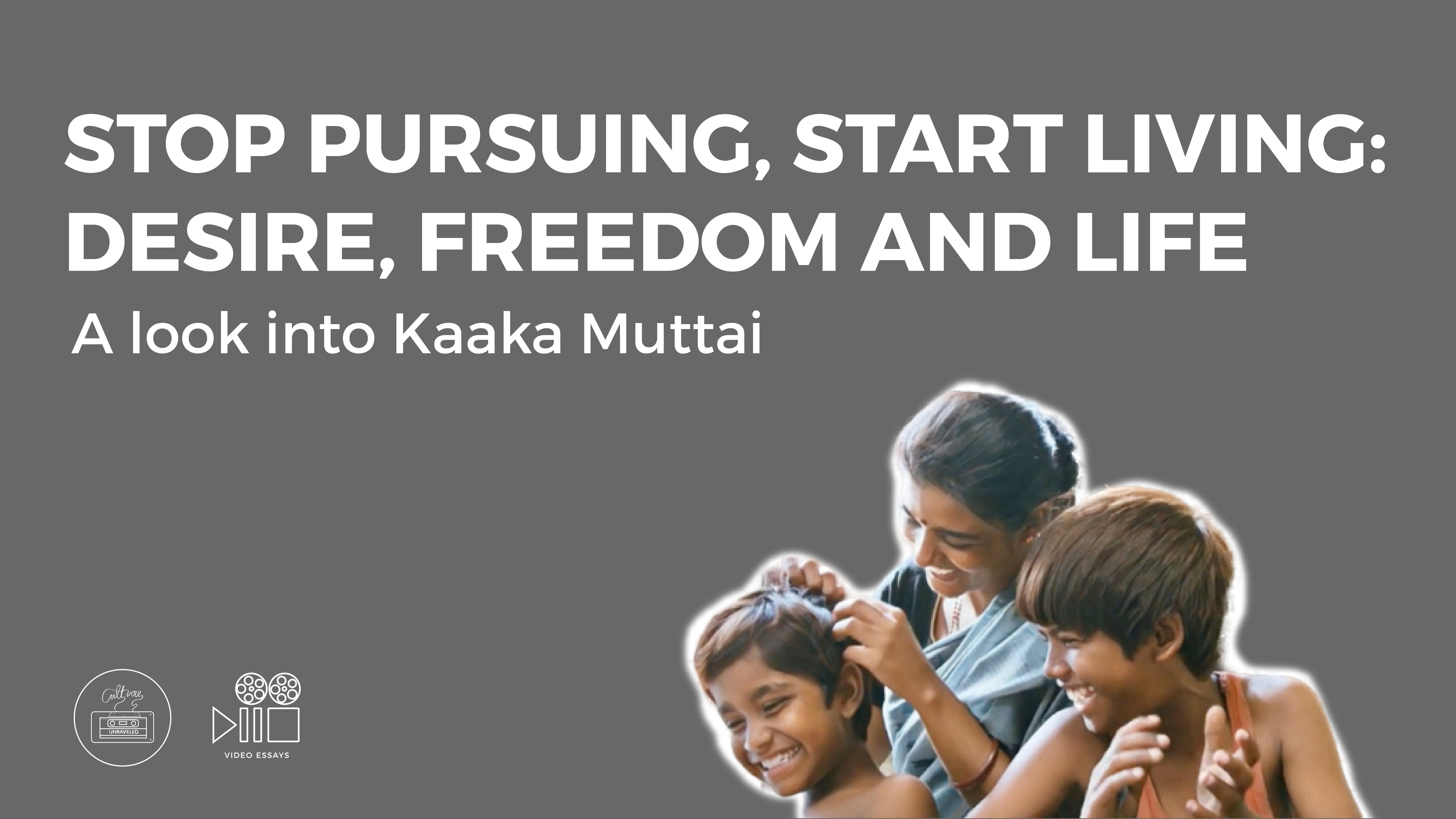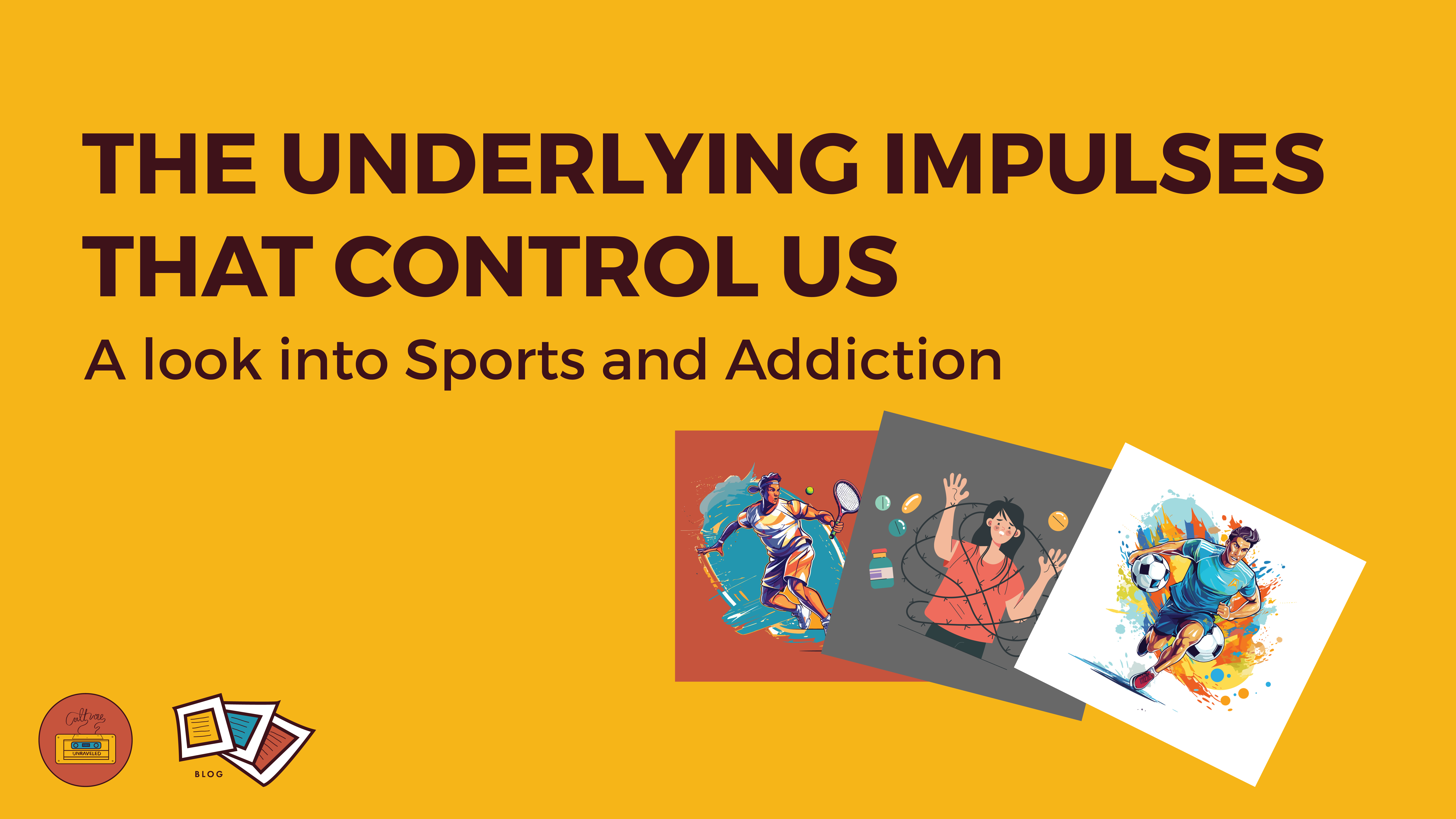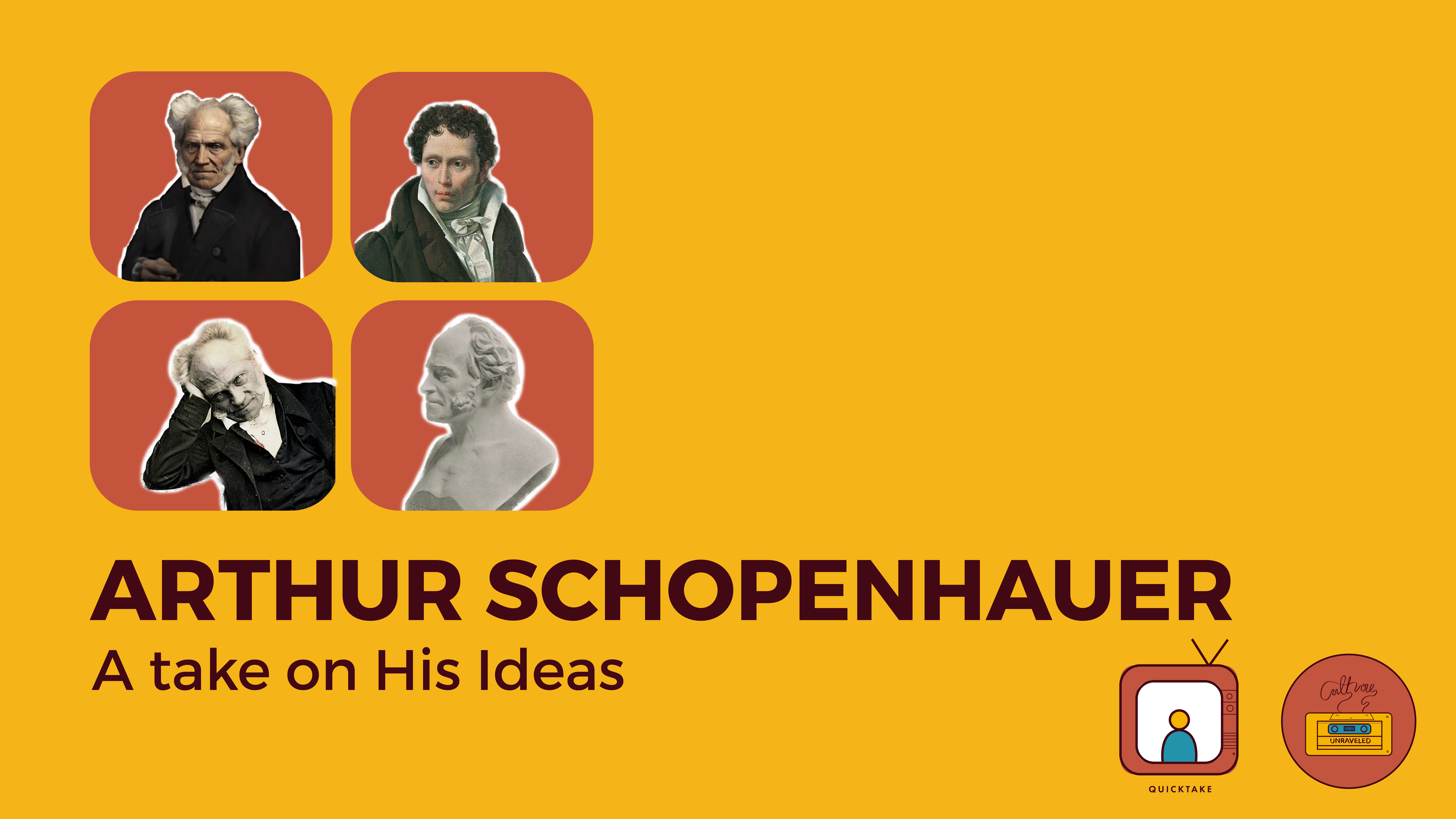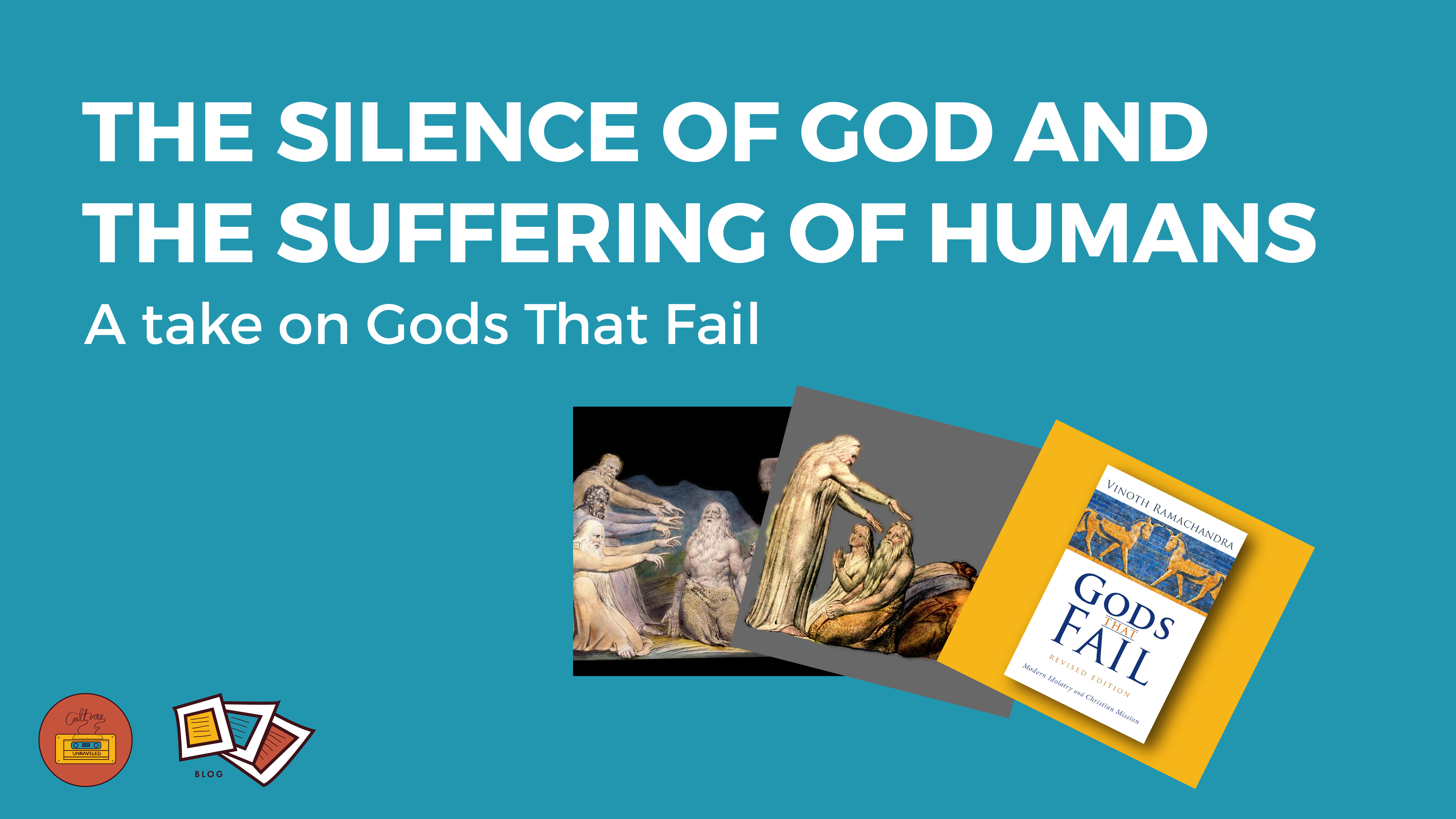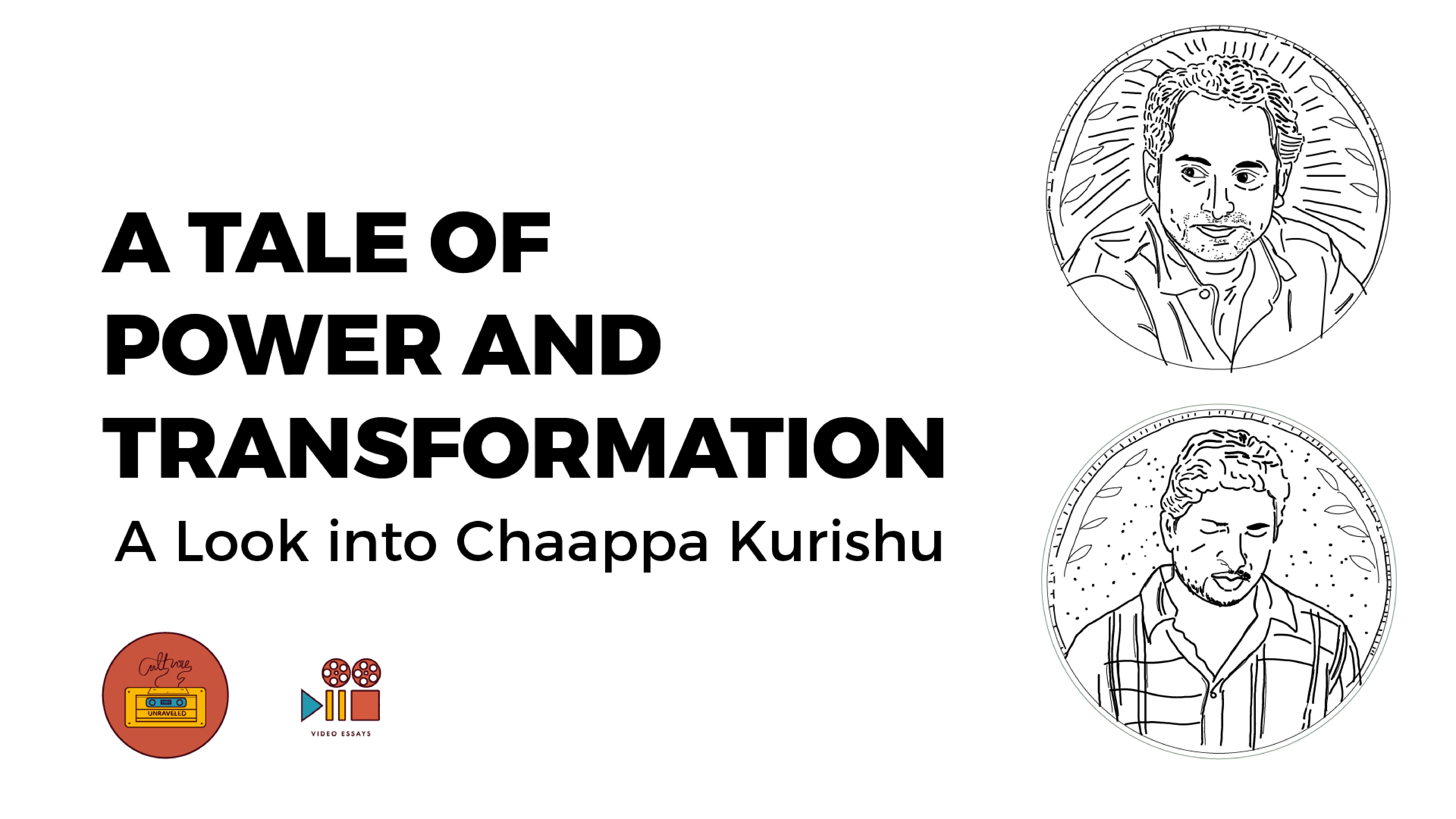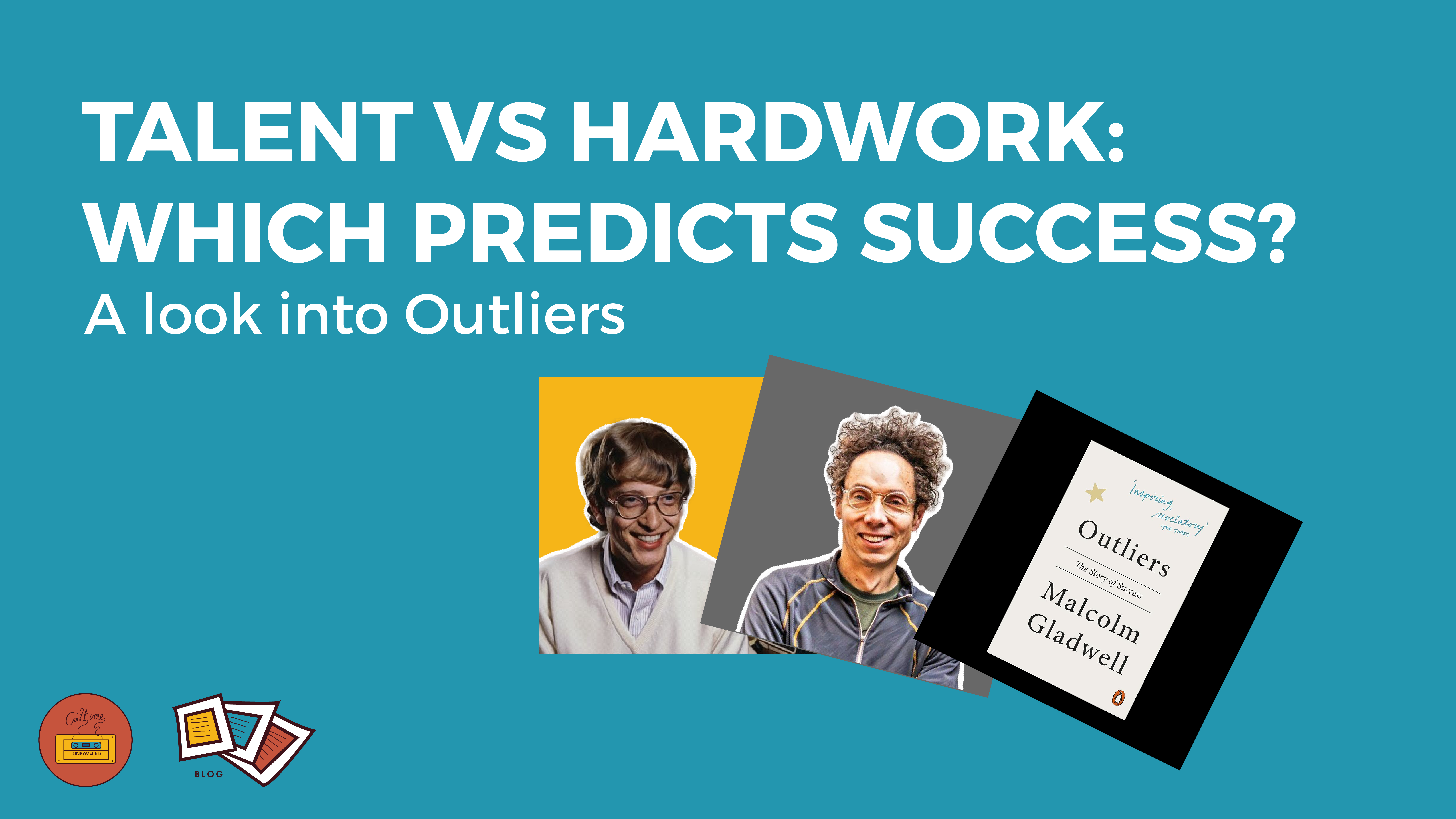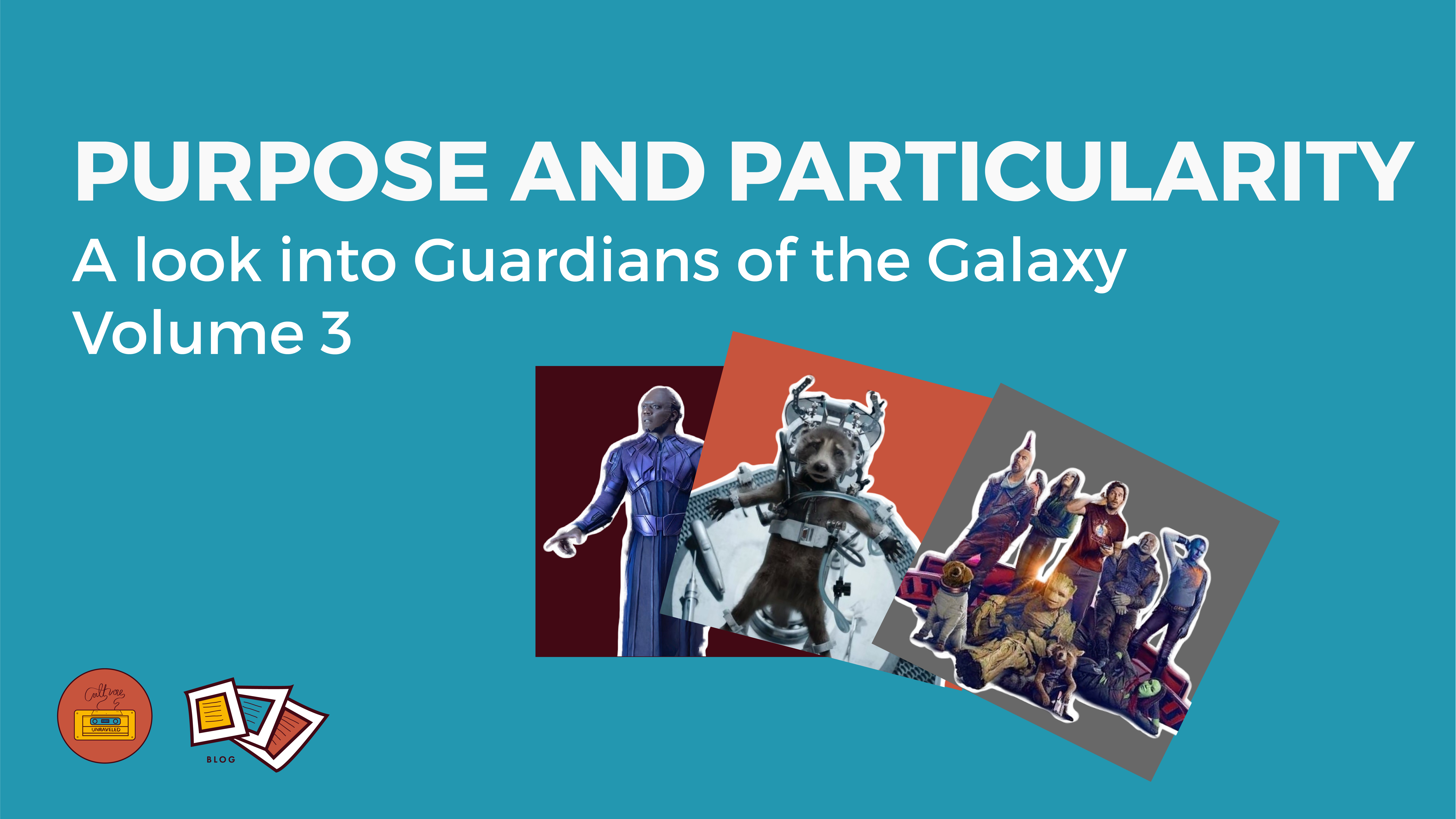
Guardians of the Galaxy Vol. 3 is the final installment in the Marvel Cinematic Universe trilogy that follows the adventures of a group of intergalactic misfits who fight against various villains and threats to the galaxy. The core team consists of Peter Quill (a half-alien mercenary from Earth), Rocket (a genetically engineered raccoon bounty hunter), Gamora (an alien assassin who has now abandoned the group), Drax the Destroyer (a muscular alien warrior), and Groot (a tree-like humanoid). Joining the core group in this film are: Nebula (a mechanical humanoid assassin) and Mantis (an insectile humanoid alien with empathic powers).
This film revolves around the Guardians’ mission to revive a comatose Rocket and protect him from being kidnapped and operated on by the High Evolutionary. As a baby raccoon, Rocket was experimented on by the High Evolutionary, a visionary scientist who seeks to enhance lower lifeforms into highly developed species to create a utopia that consists only of perfect creatures. In his cage, the young Rocket befriends some of the High Evolutionary’s other test subjects: the otter Lylla (who is crippled from the experimentation and walks with prosthetic stilts), the walrus Teefs (who has no mobility in his rear flippers, and moves with the use of posterior prosthetic wheels), and the rabbit Floor (who has lost each of its four limbs, which were replaced with prosthetic robotic limbs). They look at the ceiling and wonder about how beautiful the sky outside might be.
Rocket hears the High Evolutionary share his vision of a new planet filled with perfect beings. The High Evolutionary tells Rocket that his utopia is almost complete, and that with the contributions from Rocket’s unique brain, tremendous strides have been made in the project. Rocket is overjoyed and says he cannot wait to go to the perfect world. The High Evolutionary laughs maniacally and says the new world is not for the likes of Rocket, it is for perfection. Rocket is devastated by this revelation.
ROCKET: “We’re going to the new world?”
HIGH EVOLUTIONARY: “Oh… we? Look at you… as if cobbled together by fat-fingered children. How could you be part of a perfect species? You’re simply a medley of mistakes we could learn from and apply to the creatures that truly mattered.”
The High Evolutionary then orders Rocket’s brain to be extracted and for the rest of his cohort (Lylla, Teefs and Floor) to be incinerated. Rocket uses his quick thinking to free his friends from their cages, only for the High Evolutionary and his guards to kill them. He alone escapes. Years later Rocket becomes a part of the Guardians of the Galaxy.
Later in the film, close to death, Rocket finds himself in a celestial place and sees Lylla walking towards him. She says “We were right. The sky is beautiful and it is forever.” Rocket sees Teefs and Floor approaching from a distance, and cannot wait to join them all.
LYLLA: “We were right. The sky is beautiful. And it is forever. And I’ve been flying with our friends.”
ROCKET: “Can I come?”
But, Lylla stops Rocket and tells him that he must go back. Rocket cries out asking what possible reason there could be for him to return. Lylla comforts Rocket, assuring him that he has a reason to live. She suggests that Rocket has a mission that only he can fulfill, and that he should not give up on it. She tells him that even though the High Evolutionary made them for his own purposes, there is another force that guides their lives and gives them meaning.
LYLLA: “Yes… But not yet. You still have a purpose there.”
ROCKET: “A purpose for what? They made us for nothing! Just stupid experiments to be thrown away!”
LYLLA: “There are the hands that made us… and then there are the hands that guide the hands. My beloved raccoon… This story has been yours all along. You just didn’t know it.”
This is a pivotal scene in the film. It brings together themes that are significant across the trilogy, including that of personal impediments (the Guardians as misfits who each bring quite a bit of baggage to the team), and finding purpose (each as disconnected from an earlier community or positive goal that gave them purpose).
In the scene, Lylla consoles Rocket saying, “There are the hands that made us, and then there are the hands that guide the hands.” This line is perhaps the most captivating and enigmatic of the entire film. There are unseen hands at work that do not coerce the material hands into good or evil, but works to re-purpose the works of the material hands that have tangibly affected Rocket’s life.
The re-purposing of the High Evolutionary’s machinations by the second set of hands, is quite like the story of Joseph. The story of Joseph’s life is filled with injustices with things going from bad-to-worse for the protagonist, but he finds himself at the right place at the right time, with the right gifting and skillset, and saves the whole world from disaster — leading to Joseph’s iconic line: “you meant it for evil but the Lord meant it for good”.
The theologian Thomas Oord argues that God, being who he is, cannot prevent evil singlehandedly, because God’s nature is love and love does not coerce. Yet, God suffers with us and squeezes good from the evil God did not want, or cause. Oord’s work demonstrates how across biblical history, including and especially the life and death of Jesus, where God partners with and cooperates with creation to overcome evil.
God is not the cause of the evil that the High Evolutionary does, but God places himself in the situation, suffering alongside Rocket and looking for ways to redeem and squeeze good out of evil.
The High Evolutionary created Rocket as an experiment, and saw him as nothing more. Yet there were other hands working in his life; hands that were working alongside the material universe, to re-purpose the evil done. Where do purpose, value and significance come from? Not from the material hands that directly, coercively shape us, but from the immaterial hands that work gently yet perseveringly to direct and re-direct, purpose and re-purpose, the material universe.
Another thing we notice in the celestial scene, is that Lylla, Teefs and Floor have not regained their organic parts, they all have the same prosthetics that they had while on earth, and on which they rely for movement. The works of the High Evolutionary on their bodies were not fully reversed, even in the after-life. This is quite a peculiar thing, and one that echoes questions asked across centuries. Questions including: what type of bodies will we have in the world to come?
Jesus once told a parable (Luke 14) about a king who was throwing a feast. When those on the guestlist make excuses to not show up, the king sends for the lame, crippled and blind to come and eat the banquet in place of his “honorable” guests. This is a parable about the Kingdom of God, and the world to come. Yet in it we see people who are disabled. This mystery is again heightened when we notice that the glorified body of Jesus after resurrection, continues to bear the marks of crucifixion (John 20).
The theologian Amos Yong grew up with his brother Mark who has Down syndrome, a condition that did not find healing despite years of faith-filled prayer. Yong invites the church to look at how faith understands disabilities, and into a disabilities perspective of faith. Yong challenges the influential ideology of the medical-industrial model of disability that primarily views those with disabilities as objects in want of medical intervention, rather than as subjects with dignity and potential. Yong draws on Gregory of Nyssa’s idea of epectasis, to argue that at the resurrection, people with and without disabilities may start off in a condition very close to their earthly state. Yet, we retain these bodily impediments only for them to be endlessly transformed by the power of God, beginning an unceasing process of being made ever more perfect. Yong affirms that this understanding “does not neglect but rather begins with the redemption of human bodies,” and suggests that “the human body retains some continuity with the present life even amid its transformation” (Theology and Down Syndrome, 281-2). In proposing this, Yong affirms that redemption, reconciliation, and restoration in the world to come are directed at on-going healing of humans as persons-in-community, and the transformative re-purposing of impediments, rather than the expunging of human bodily weakness and bodily identity.
The celestial scene in the film draws on the pervasive cultural understanding that heaven is the place of ultimate perfection where everything is ultimately resolved, reconciled, and restored. Through this, the scene mounts a direct challenge to the ideology of the High Evolutionary and his goal for the perfect world, perfect creatures, and perfect bodies. It challenges the High Evolutionary’s approach of dealing with imperfection and disability, through elimination and erasure. It suggests that those who truly belong in a perfect world, are not the flawless test subjects of the High Evolutionary, but the less-than-perfect creatures with their less-than-perfect bodies.
In a similar way, viewing disabilities from a place of faith, challenges the dominant ways of thinking about disabilities; and in line with Jesus’ subversive parable, affirms the dignity, value and rightful place of beings with disabilities. Both Guardians of the Galaxy Vol. 3 and the theology of disabilities show us that God makes beautiful things out of us, often by transforming our weaknesses into strengths and our flaws into unique gifts, using us as channels for his good purpose. These show that God works in mysterious and surprising ways in our lives, and will work in even more wonderfully unexpected ways in the life to come. These see the world-to-come as a place that accommodates disabilities, recognizes bodily identities, and affirms the particularity of earthly impediments, transforming them and re-purposing them in hitherto unforeseen ways — a world of beauty beyond beauty and perfection beyond perfection, a world of us.
LYLLA: “My beloved raccoon… This story has been yours all along. You just didn’t know it.”
_________________________________________
Written by Chris Samuel

